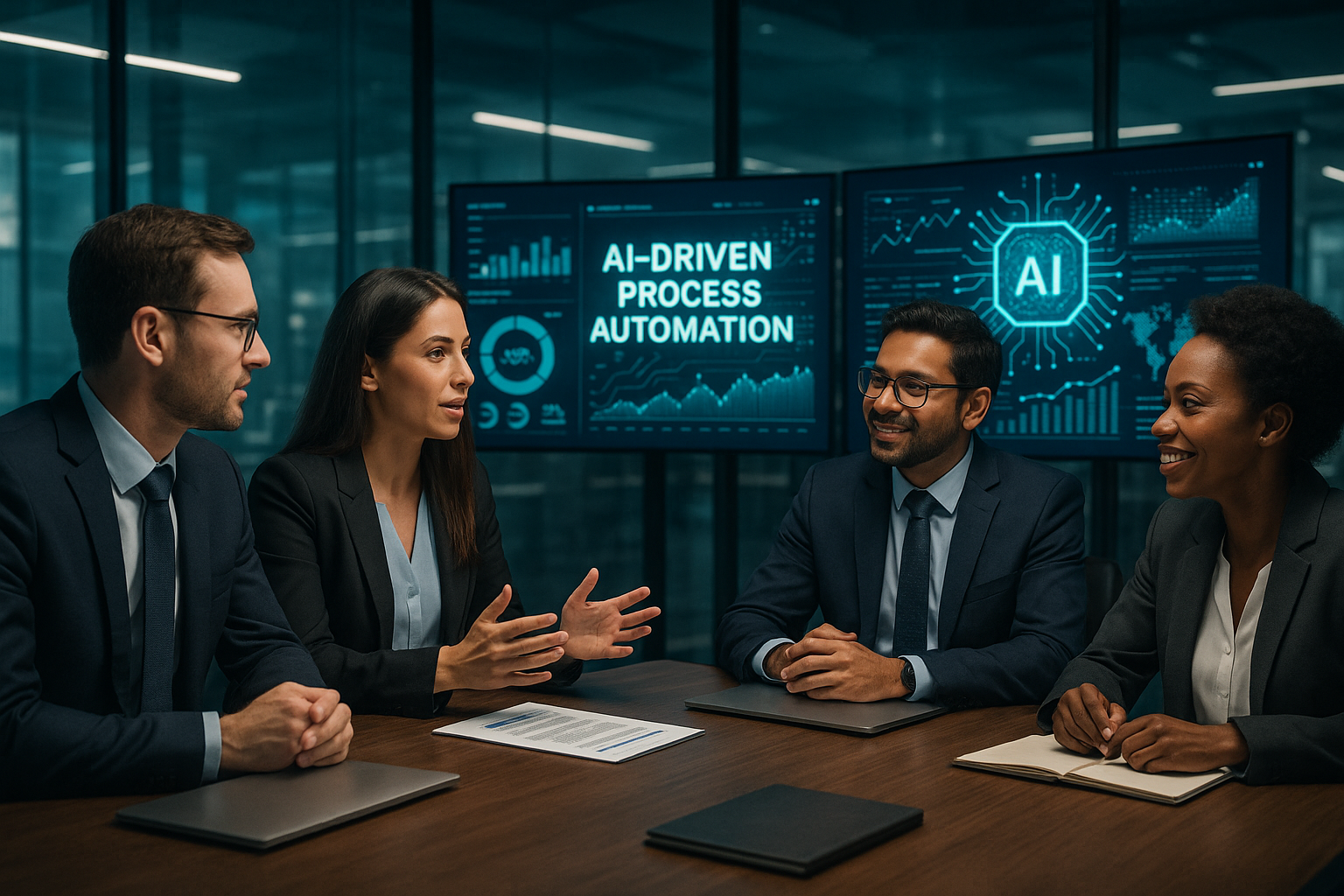Accounting firms today are standing at a crossroads, facing mounting pressure to reinvent their service offerings and internal operations. As CFOs and finance leaders increasingly look for strategic insights rather than rote number-crunching, intelligent process automation (IPA) fueled by AI is redefining what is possible. For mid-market firms, this shift can be daunting, but also presents an exciting opportunity to unleash higher-margin advisory services and truly differentiate from competitors. But what does Accounting 4.0 really mean for partners and their teams?
The Automation Imperative in Modern Accounting
The winds of change have grown stronger in recent years, with three dominant factors accelerating the need for digital transformation in finance. First and foremost is the talent gap. The cost of attracting and retaining skilled accountants continues to rise, with seasoned staff in especially high demand. Meanwhile, repetitive low-value tasks crowd workloads, burning out staff rather than inspiring them.
Simultaneously, clients are demanding more. Gone are the days when static year-end reports sufficed. Instead, organizations crave real-time insights, dynamic dashboards, and instantly actionable recommendations—capabilities fueled by the latest in AI in accounting. This expectation is reinforced by the rapid progress of tech-first competitors and fintech disruptors, who leverage sophisticated automation tools to promise both speed and superior value.
The combination of these pressures leaves no choice but to embrace intelligent process automation. Automation now means survival for mid-market accounting firms, not simply nice-to-have innovation—a powerful lever for retaining talent, slashing operational costs, and elevating client experience.
High-Impact Processes to Automate First
Intelligent process automation finance initiatives can feel overwhelming without a clear roadmap. The first step is to identify quick wins—those frequent, rules-based processes that rely on structured data and consume disproportionate amounts of staff time. These are the areas where AI in accounting delivers a measurable and immediate impact, freeing your people to focus on higher-order advisory work.
Consider processes like invoice classification, accounts payable and receivable reconciliation, or variance analysis during audits. These workflows are ripe for automation because they involve repetitive actions and clearly defined logic. Many firms have experienced dramatic efficiency gains with automation tools; for example, implementing an AP/AR bot that reduced the full cycle time of reconciliation tasks by up to 40%. This not only compresses audit timelines but also empowers consultants to deliver value-added strategic guidance faster.
The criteria for identifying such quick wins are straightforward: high transaction frequency, well-structured data availability, and processes governed by transparent rules. When looking across your own firm’s operations, ask which tedious workflows can be codified and where automation can best augment human insight.
Blueprint for Implementation
Delivering on the promise of accounting firm digital transformation starts with assembling a robust technology foundation. The most effective approach for partners is blending several technologies: Robotic Process Automation (RPA) for rule-based workflows, Optical Character Recognition (OCR) for digitizing paper documents, and AI-driven analytics for real-time decision support, all deployed via a secure cloud platform.
Deciding whether to buy off-the-shelf automation tools or commission custom development depends on firm size, internal IT resources, and unique process requirements. Many mid-market accounting firms find that a hybrid model is best: leveraging proven vendor solutions for common tasks while extending them with bespoke features for specialized workflows.
Seamless integration into existing General Ledger (GL) or ERP systems is non-negotiable. Automation solutions must interoperate with the firm’s current software stack to avoid siloed data or fragmented workflows. Most modern vendors offer pre-built connectors for popular platforms, but thorough due diligence is essential to avoid integration headaches.
Finally, security and compliance are critical. As more sensitive data is moved into automated, cloud-driven workflows, adherence to regulations such as SOX and GDPR must be enforced from day one. Robust audit trails, granular access controls, and ongoing monitoring ensure that digital transformation increases trust and reduces regulatory risk—not the opposite.
Measuring ROI and Building Client-Facing Value
For many firms, the initial objective of AI in accounting deployment is cost savings: reducing manual hours, lowering error rates, and freeing up staff for more strategic projects. Tangible KPIs might include hours saved on recurring tasks, decreases in error and exception rates, and improvements in staff productivity. However, the true power of intelligent process automation finance initiatives lies beyond back-office efficiency gains.
By embedding automation into your client service model, you unlock entirely new revenue streams. Automated processes generate a wealth of real-time data, which can be synthesized into premium dashboards or customized advisory reports. These tools enable CFO partners to deliver continuous, data-driven insights—not just after-the-fact reporting. Client satisfaction (often measured by Net Promoter Score, or NPS) can surge as firms provide always-on access to actionable financial intelligence.
The most successful digital transformation journeys treat automation as a way to reimagine what advisory can provide, not just lower operational costs. Firms that package automation-driven findings as premium products—real-time risk alerts, cash flow forecasts, or benchmarking visualizations—can confidently move up the value chain, differentiating on insight rather than just accuracy and timeliness.
As client needs evolve and the competitive landscape shifts, intelligent process automation in finance becomes not just a tool, but the backbone of modern accounting. For partners ready to lead this change, the journey to Accounting 4.0 promises both exciting innovation and sustainable growth in the decade ahead.
Sign Up For Updates.




